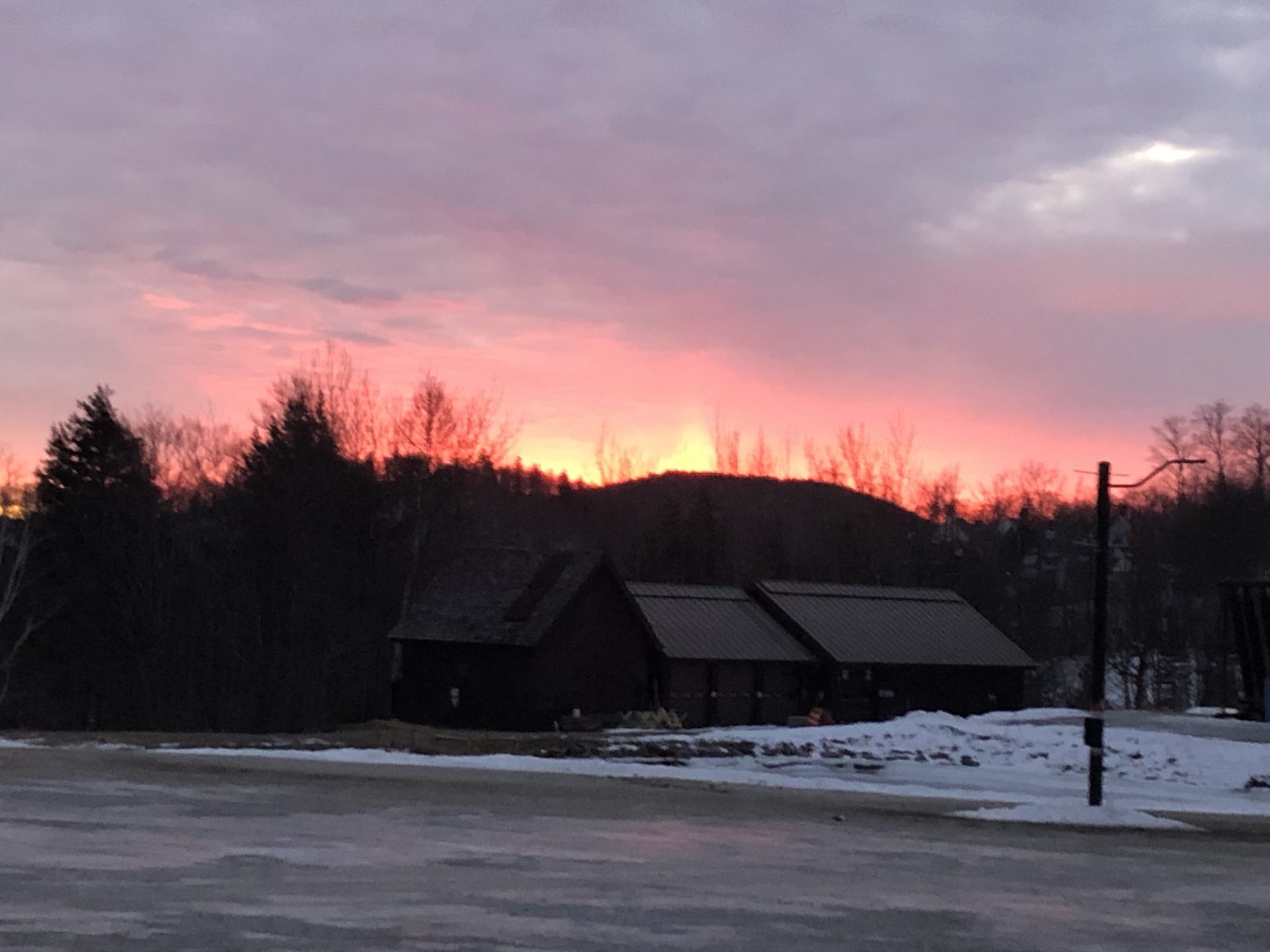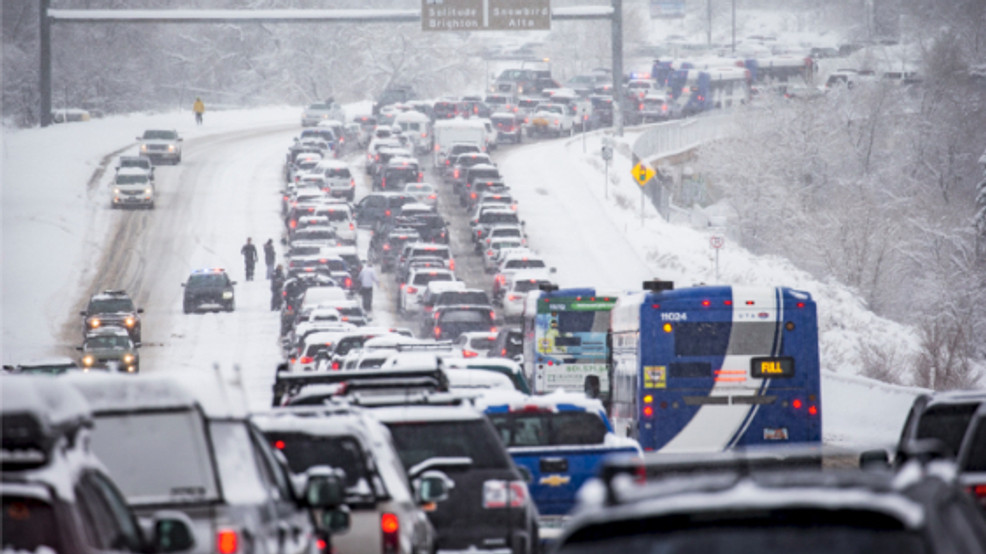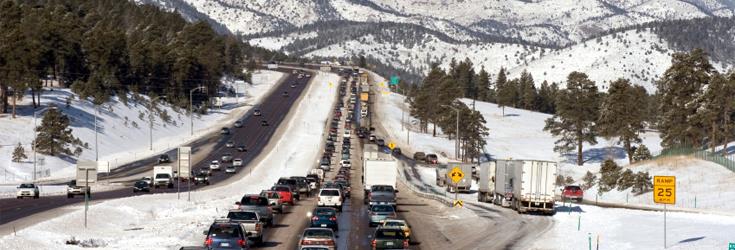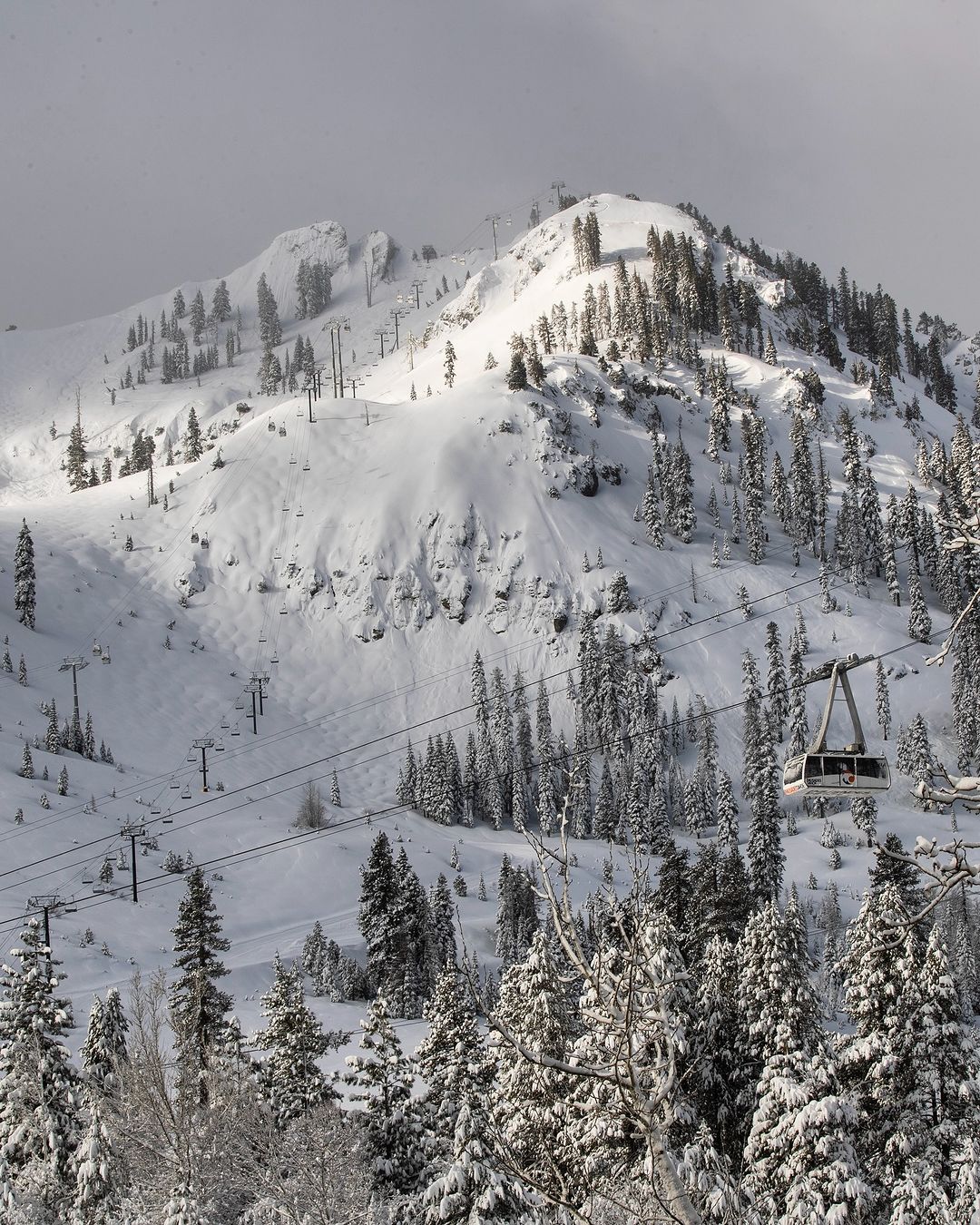
As the air cools and the first snow arrives, signaling the impending start of the 2024-25 season, skiers and riders dream of the great days ahead. Before getting those first tracks, everyone will find more paid parking options. Despite the regional location, more mountains charge for parking, and some require reservations. This is happening as ski resorts look to control the number of vehicles, encourage carpooling, and increase revenue. Individual resort policies will impact availability and parking costs for the upcoming season; skiers and riders may need to factor in unexpected parking costs to their travel budgets.
Nationally, the most expensive parking rates can be $40 or more per day. There are resorts where parking costs range from $20 to $35; some resorts will charge $10 to $15. Seasonal parking passes can run from $150 (Solitude, UT) to $500 (Jiminy Peak, MA)-$3,500 (Vail, CO). The higher costs are not just limited to large areas because smaller resorts also charge for parking. While many ski areas still provide free parking, which may become a selling point to generate more business in the not-so-distant future, many more are finding ways to close off selected lots to charge visitors. Skiers and riders need to check the resorts they plan to visit ahead of time to avoid unanticipated charges or even being turned away due to a lack of space or a reservation.
Many resorts charge for selected parking lots on weekends and peak periods while offering free parking in less convenient lots; this model can be found all over the country. Resorts will close parking lots closest to its lodges and charge anywhere from $10-$50 a day. This benefits early arrivals as spots are limited. One can choose to pay for the convenience or park at lots that are further away, resulting in a longer walk or having to use a shuttle to get to the lodge. In the East, both large and smaller ski areas like Killington ($40), Mt. Snow ($30), Gore ($10), and Jiminy Peak ($25) have implemented this model. Out West, Copper Mountain ($30-$50), Snowbird ($30-$50), and Telluride ($35) are a few examples of the many resorts using this model.
Killington reflects the changing landscape for East Coast parking. This Vermont resort is known for its weekend and peak period crowds. It would sell a seasonal parking pass ($619) and close off a section of the K-1 parking lot. Two seasons ago, it transitioned approximately 50% of the available free parking in the K-1 lots to paid parking. This was not popular. Initially, the lots would not sell out, and people were parking in other areas around the resort, creating uneven crowding. Mountain management remained committed to the plan. This past season, the lots would routinely sell out as more people realized it wasn’t going away and they wanted easier access to the new K-1 lodge. To take the sting out of this new program, the resort aggressively advertised parking at their Bear Mountain lodge; to entice more people to park there, it started opening the Bear Mountain chairlift at 7:30 a.m. on weekends (the rest of the mountain opens at 8 a.m.).

Traffic from multi-mountain passes like the Ikon or Epic Pass can impact parking. When Stowe became an Epic Pass resort, it did not have the parking capacity to handle the larger crowds and traffic that ensued. The solution was to impose a $30 charge for weekends and peak periods in their main lots; this angered many visitors and locals. Free parking continues at the Toll House lot with shuttle service transporting people to the main mountain. While unpopular, it did help alleviate traffic problems.
Ski areas around Salt Lake City contend with significant traffic and parking capacity issues. Snowbird, Alta, Solitude, Brighton, Sundance, Park City Ski Resort, Deer Valley, and Snowbasin are all within easy commuting range with distances ranging from 28-50 miles one-way. Many of these resorts are on multi-area passes which helps to increase visitor numbers.
The ski areas in Salt Lake’s Cottonwood Canyons are some of the most popular in the country. Even though the Utah Transit Authority (UTA) provides seasonal ski bus service to and from Alta, Snowbird, Brighton, and Solitude, the majority of skiers and riders still drive to the resorts. Alta ($25) and Snowbird ($30-$50) use paid parking in selected lots for weekends and peak periods. Snowbird also sells a yearly parking pass for $600. Solitude requires reservations on the weekends and holidays; vehicles with four or more passengers can park for free. The resort offers a $275 parking pass and a $150 weekday parking pass. Brighton charges $25 per day for parking and requires reservations.
Park City also experiences significant traffic. While there are places for visitors to stay in Park City, many skiers and riders also commute from Salt Lake City. Park City Mountain charges $25-$30 for their preferred lots; to encourage carpooling, for vehicles with three or more people, the rate drops to $12-$15. Deer Valley charges $30 to park in the Silver Lake Lot, while its other lots are free.

Summit County ski areas, which are easily accessible from Denver, see large crowds. Like Salt Lake City, Denver is a major population center filled with passionate snow sports lovers. The traffic jams on I-70 are infamous. Vail’s parking is possibly the most expensive in the country at $50 per day, with an additional $60 charge if the car is left overnight; parking costs can add up quickly for the visitor planning to spend a weekend or longer at the resort. The majority of Summit County areas use some type of preferred parking e.g. Winter Park ($40-50), Steamboat ($10-15), and A-Basin ($20). Not all Summit County ski areas charge for parking; Loveland and Keystone are still free. It’s not just Summit County ski areas that charge for parking; if you are planning to ski in other parts of Colorado, expect a similar situation. Skiers and riders heading out to Aspen ($40), Crested Butte ($15-20), and Telluride ($35) can expect to pay for parking in preferred lots.

The Lake Tahoe region is another popular concentrated area of ski resorts. Northstar ($20), Heavenly ($20), and Kirkwood ($35) have all instituted both free and paid lots. Palisades Tahoe charges a flat fee of $30 on weekends and holiday periods for guests who would like to reserve well in advance. Most of its parking will remain free during these times, but guests must make a reservation each Tuesday at 12 pm and 7 pm for the following weekend. Like Summit County and Salt Lake City, the Lake Tahoe region experiences large visitor numbers, and problems with both traffic and parking capacity exist.

Ski areas will continue to experiment with dynamic pricing for paid parking while trying not to alienate their customer base. Short seasons combined with customer demand for convenience will allow for its growth. While social media is rife with tales of people who manage 50 days or more on snow, according to the Langston Group, 57% of all skiers and boarders record less than ten visits a season. These skiers and riders may be more willing to pay for parking because they are not at the hill every day and they build this expense into their budgets. During the pandemic, ski areas utilized reservation systems to control capacity, and customers adapted. Resorts are more comfortable implementing these types of control policies and applying them to parking to increase their bottom line. Looking to the future, skiers and riders will need to research parking at the resorts they want to visit and factor in costs and possible restrictions.
As a senior skier (70+) I’m going to be priced out of skiing cause of having to pay so much for parking. I do short days and mostly ski by myself. So car pooling doesn’t work for me. Ski area are just making it to expensive for a person on a fixed income. Food is over priced, and now parking. I guess I just need to die and be done with it.